Independent Energy Window Ratings
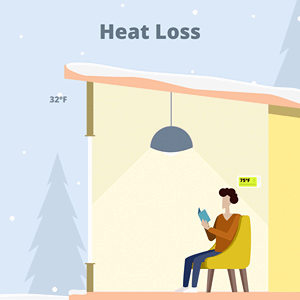
- Rating range: 0.10 – 2.00 (this may vary, but is a typical range)
- A lower number means less heat loss
- BUYERS TIP: In cold climates, windows with low U-factors help reduce heating costs
U-factor should not be confused with R-value, which is another common measurement of a home’s energy efficiency. R-value measures the effectiveness of insulation in other parts of a building’s exterior shell – its walls, roof, floors, and anything else that acts as a barrier between outside and inside. This is often called a home’s envelope. Unlike U-factor, for which a lower number is better, a higher R-value indicates better performance for the various elements that insulate a home. The benefits of efficient windows with a low U-factor include lower monthly utility bills, savings on heating-and-cooling equipment, and control comfort.
- Rating range: 0.00 – 1.00
- A lower number means less heat gain
- BUYERS TIP: In hot climates, windows with a low rating can reduce cooling costs
The right ratings for your home depend on your climate and the orientation of each window. A lower rating promotes energy efficiency in hot climates and prevents overheated rooms from the afternoon sun. The benefits of windows with low-SHGC ratings include lower monthly utility bills, savings on heating-and-cooling equipment, and control comfort.
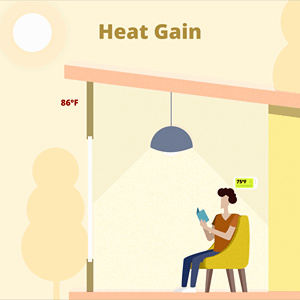
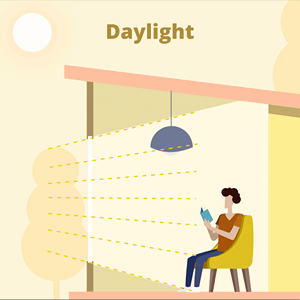
VISIBLE TRANSMITTANCE: This mandatory rating measures the amount of solar light that can enter a home through a window. The rating can be found on the middle or bottom row of an NFRC label on the left side.
- Rating range: 0.00 – 1.00
- A higher number means more natural light
- BUYERS TIP: Windows with a high rating may reduce your dependence on artificial lighting and lower monthly utility bills
Efficient windows can allow natural light into a home while also keeping out unwanted heat. Getting the sun’s benefits without accepting its drawbacks is possible thanks to reflective coatings on the glass surface. Different coatings and treatments exist, such as low-e (emissivity) coatings, tints, and films. Depending on your needs, these allow different amounts of light and heat to pass through your windows. The benefits of high-visible transmittance efficient windows include enhanced natural light, lower monthly utility bills, and additional protection from faded furniture, art, or wood floors.
- Rating range: less than or greater than 0.3
- A lower number means less air leakage
- BUYERS TIP: windows rated higher than 0.3 in this specific category disqualify a building from ENERGY STAR certification
The benefits of low air leakage include lower monthly utility bills, fewer cold air drafts, control comfort, and reduced street noise and other external sounds.
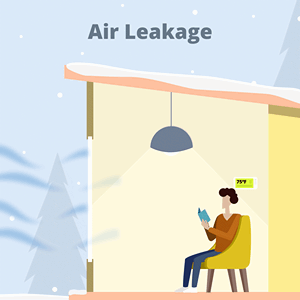
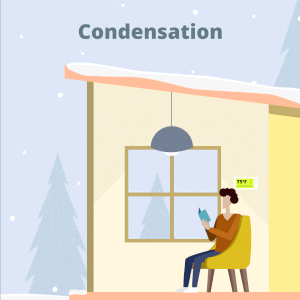
CONDENSATION RESISTANCE: This optional rating measures a window’s ability to prevent moisture on the interior of a window. This rating can be found on the bottom row of the NFRC label on the left side.
- Rating range: 1 – 100
- A higher rating means less condensation on and around a window
- BUYERS TIP: a higher rating is better but particularly important in cold climates
Condensation on the outside of a window is less of a concern than condensation on its inside surface. These droplets of moisture form when the inside surface temperature is colder than the dew–point temperature in the room – the point at which air is too humid to hold more moisture and becomes a liquid. The benefits of efficient windows with higher ratings for condensation resistance include protection against cold drafts, mold, and mildew; and control comfort.
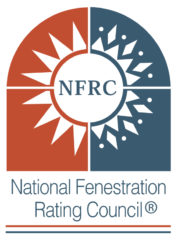
National Fenestration Rating Council
The National Fenestration Rating Council (NFRC) has developed a window energy rating system based on whole product performance. This section on the National Fenestration Rating Council describes what the NFRC is, what they rate and certify, and what is displayed on the NFRC label.
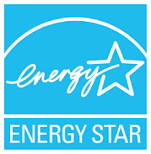
ENERGY STAR
The Department of Energy (DOE) and the Environmental Protection Agency (EPA) have developed an ENERGY STAR designation for products meeting certain energy performance criteria. This section on ENERGY STAR shows the ENERGY STAR performance zones and requirements.

Lawrence Berkeley National Lab (LBNL)
Lawrence Berkeley National Lab (LBNL) is a federal government lab that supports the mission of the Department of Energy to increase the energy efficiency of windows and buildings. LBNL uses advanced technology development, algorithms, and software tools, supported by extensive testing facilities and experienced scientists.
